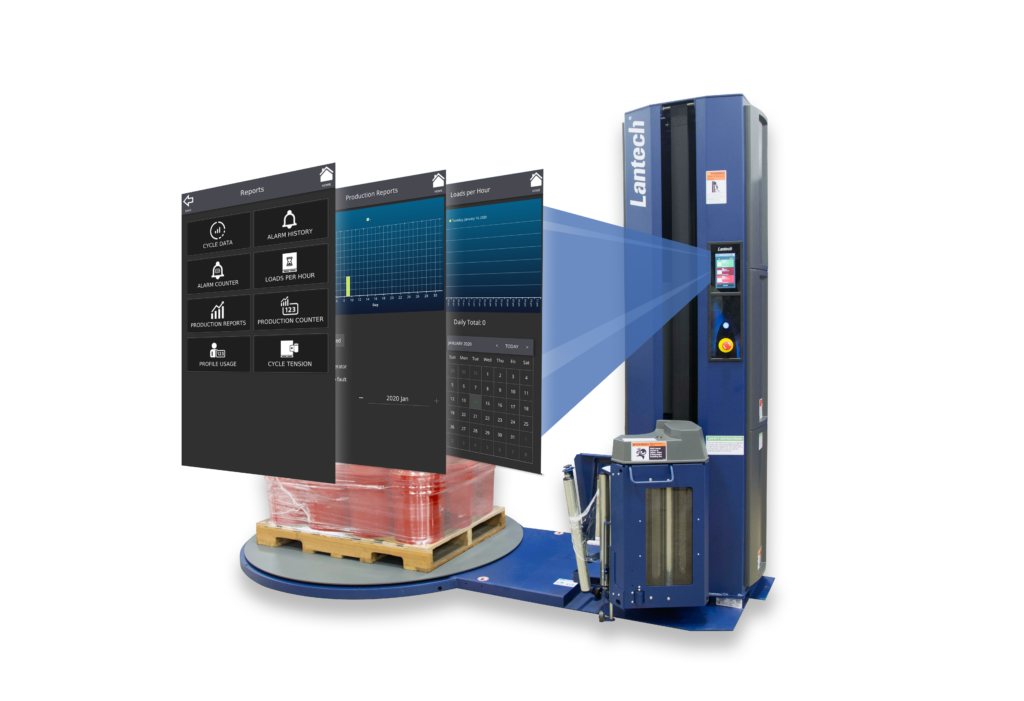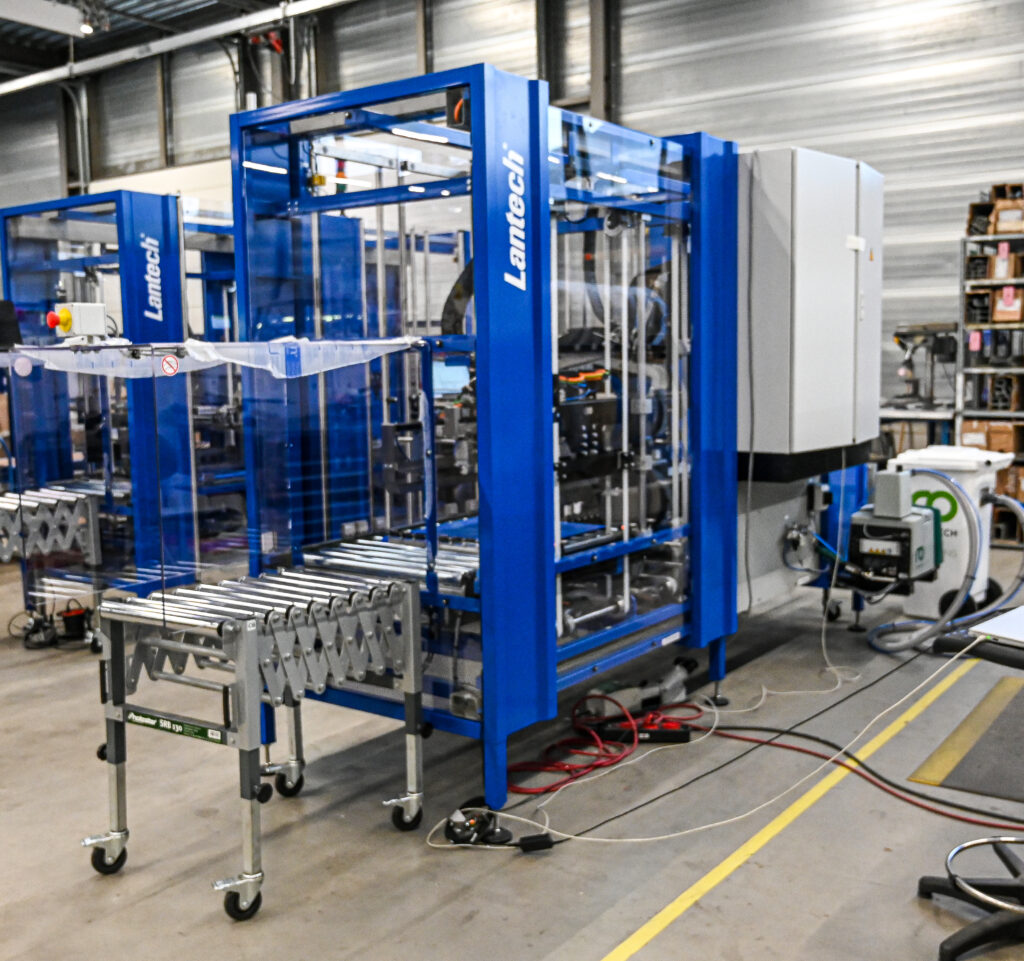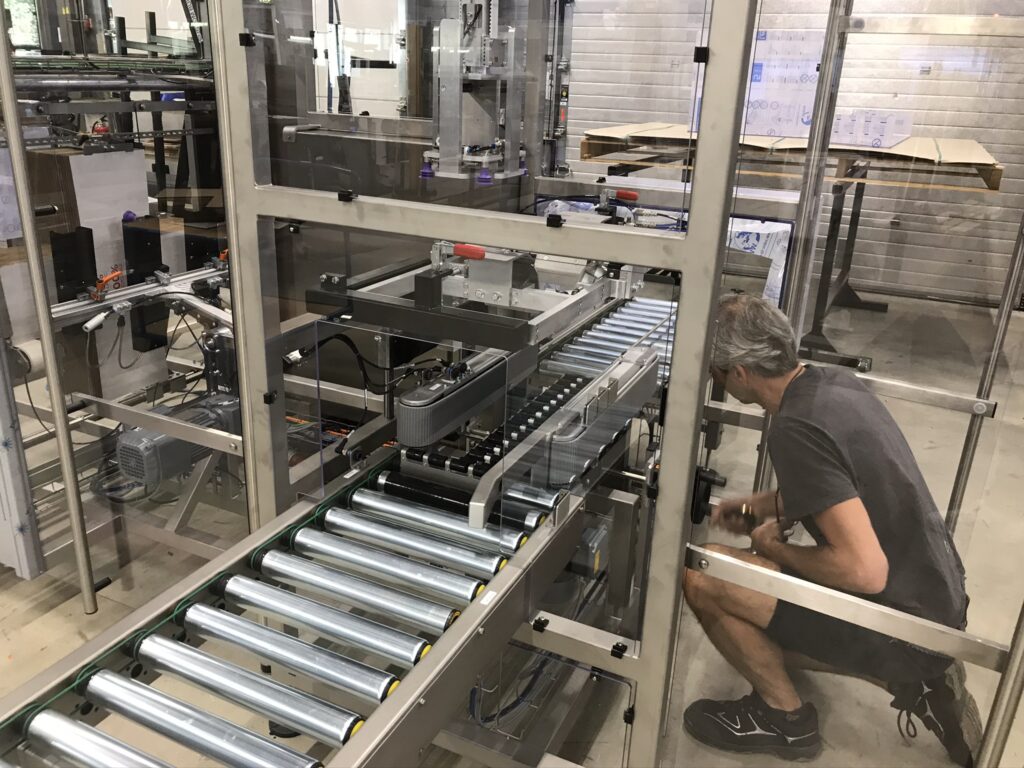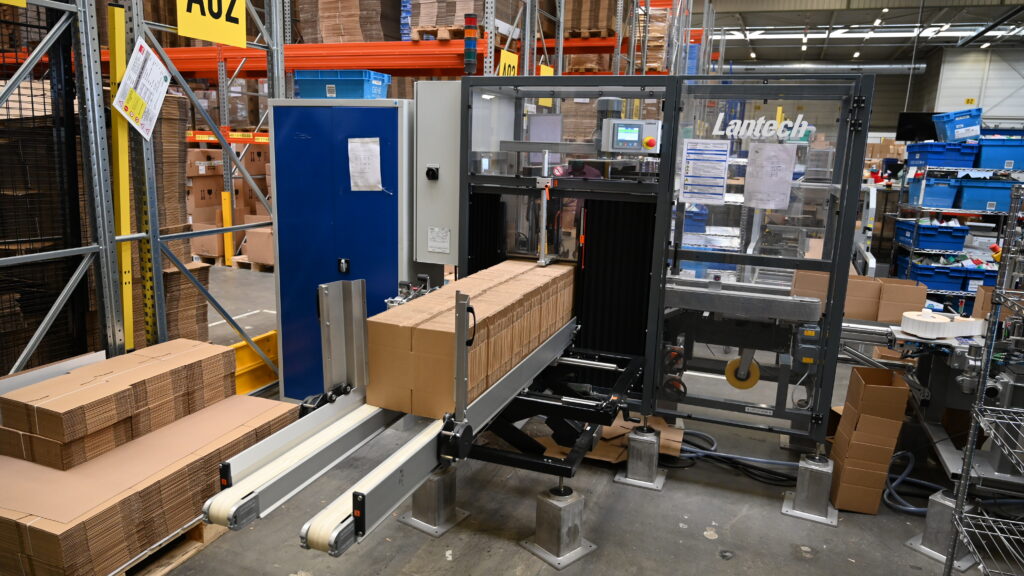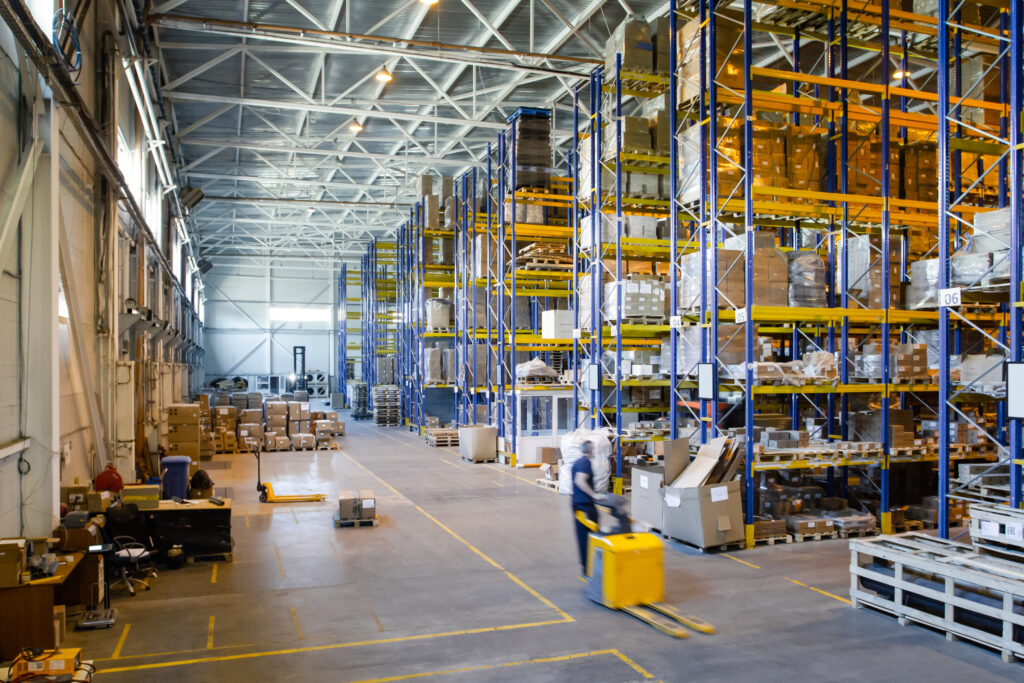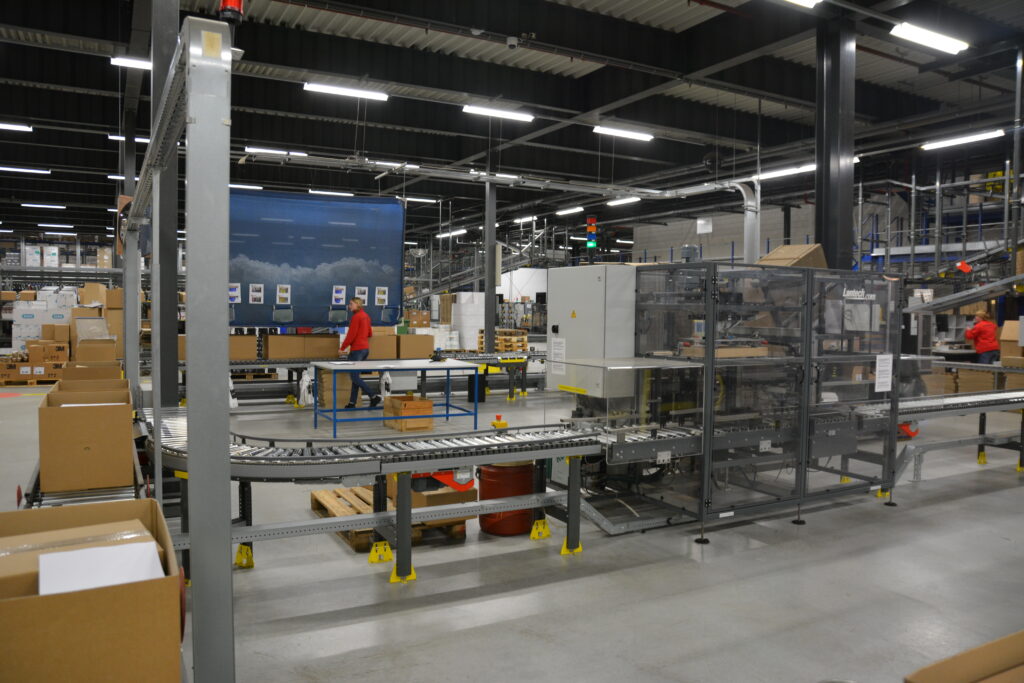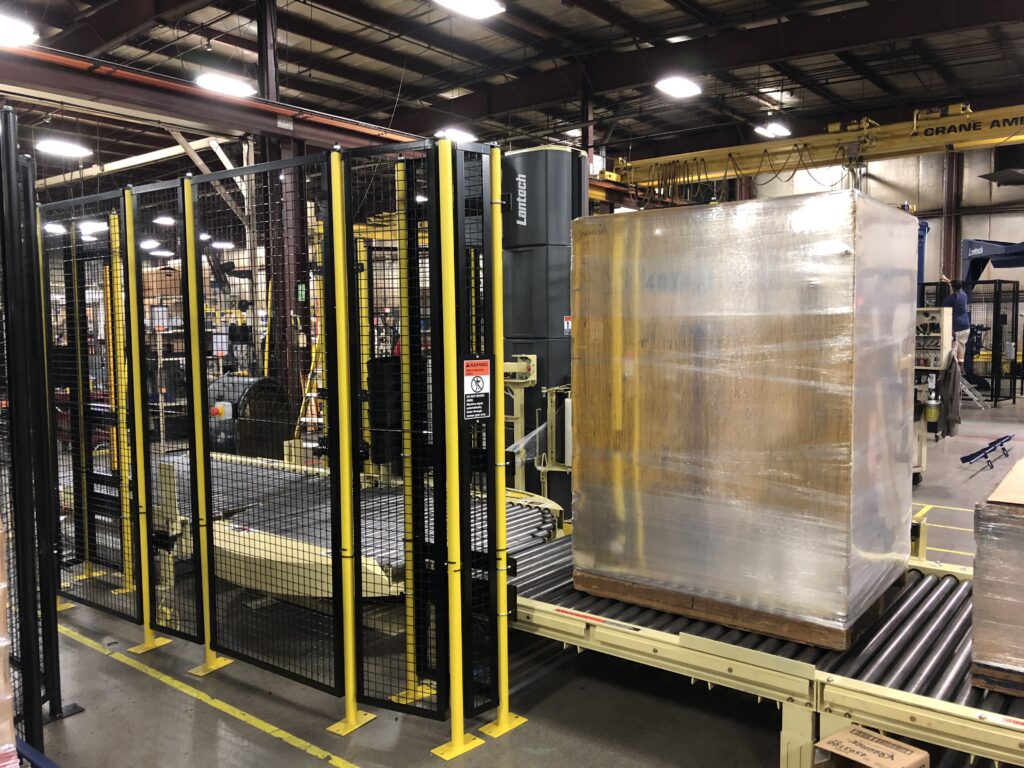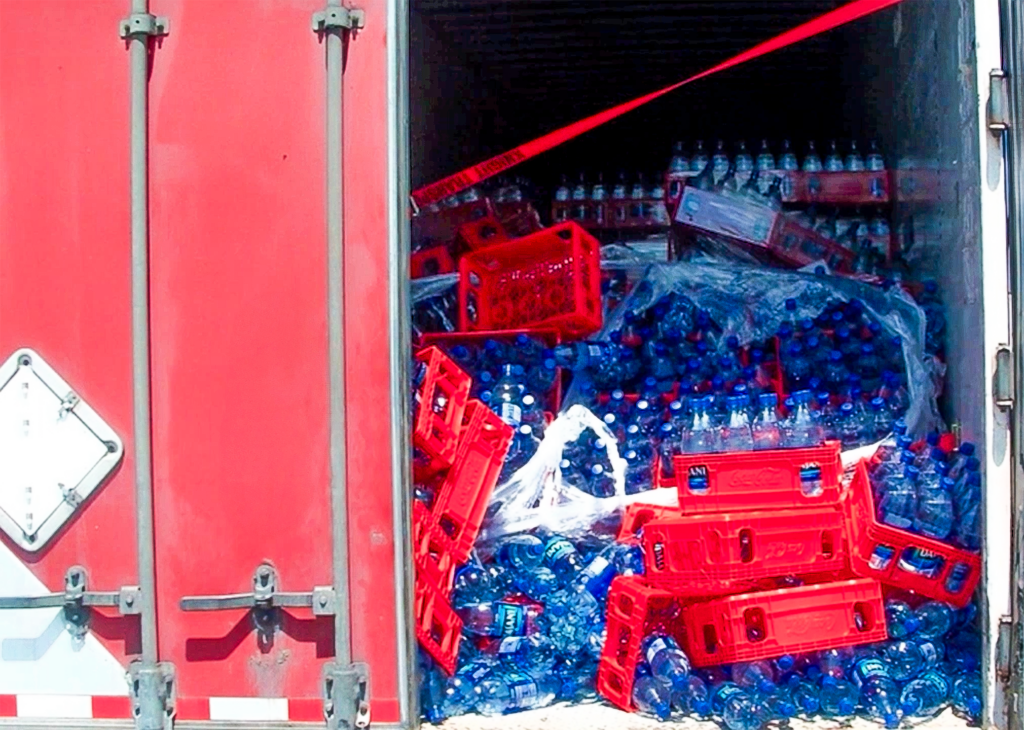Stretch wrapping pallet loads has become a standard part of the shipping and distribution process. We create products, stack them onto a pallet, stretch wrap that pallet, and ship the load. But why, exactly, do we stretch wrap a load? And does understanding the why of it matter?
The short answer is yes
Understanding why we stretch wrap pallet loads does matter because we wrap loads for more than one reason. Ultimately, stretch wrapping is about loads – unitizing and securing them so they have the best chance of reaching their destinations in the same condition they were in when they shipped.
Until recently, figuring out how to do this at the lowest cost was more art then science. Today, the science of stretch wrapping has surpassed the art, ensuring that loads are wrapped effectively, at the lowest cost, and have a better than ever probability of arriving undamaged
at their destinations.
What are the most common reasons to stretch wrap?
A big reason to wrap pallet loads is for protection. This may seem simple enough, but in reality there are a lot of ways that stretch wrap protects a pallet load.
Damage
Stretch wrap protects the load from environmental damage. Water and sunlight can damage products during their shipping journey, and stretch wrap acts as a physical barrier. In this same vein, stretch wrap protects from casual damage like scuffing.
Stretch wrap also protects a load from damage during shipping in bigger ways. The process of transporting goods from one location to another is fraught with opportunities for damage; for example, trucks bounce over roads, pallets are stacked high and can fall, products are jostled, etc.
Although stretch wrapping works remarkably well, there are still big improvement opportunities. We estimate there’s about $60 billion of products a year in just the food, beverage, and consumer product goods industries that become unsaleable from in-transit damage resulting from ineffective stretching wrapping.
We believe that at least half of that damaged product can be avoided by simply stretch wrapping better.
Deterring Theft
Another way that stretch wrap protects pallet loads is by deterring theft. It is much easier to see if a load is missing pieces if stretch wrap has been removed or damaged.
So, now that we have a better idea of why we stretch wrap you might find yourself wondering…
What’s the best way to stretch wrap your pallet load?
Once you understand the why of stretch wrapping it is natural to want to know the how. We get a lot of questions about the how of stretch wrapping. Everyone wants to know how to do it better, more efficiently, and faster.
If you’ve ever found yourself asking these kinds of stretch wrapping questions, we’ve got an answer for you. In fact, we’ve taken our years of stretch wrapping experience and extracted the most important aspects and considerations for the best way to stretch wrap a load and wrapped it up into a quick, 30-minute webinar.
During the course of the webinar we will discuss:
- How to measure containment force
- Film economy
- How to track your test results, and why one company was happy they did
- How technology is quickly making some of this work transparent
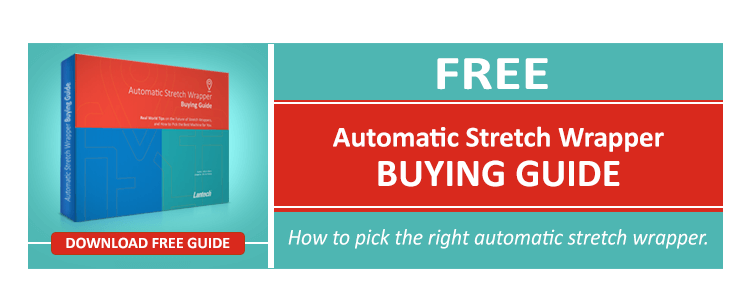
This post was published on September 29, 2016 and updated on November 12, 2019.
September 29, 2016

